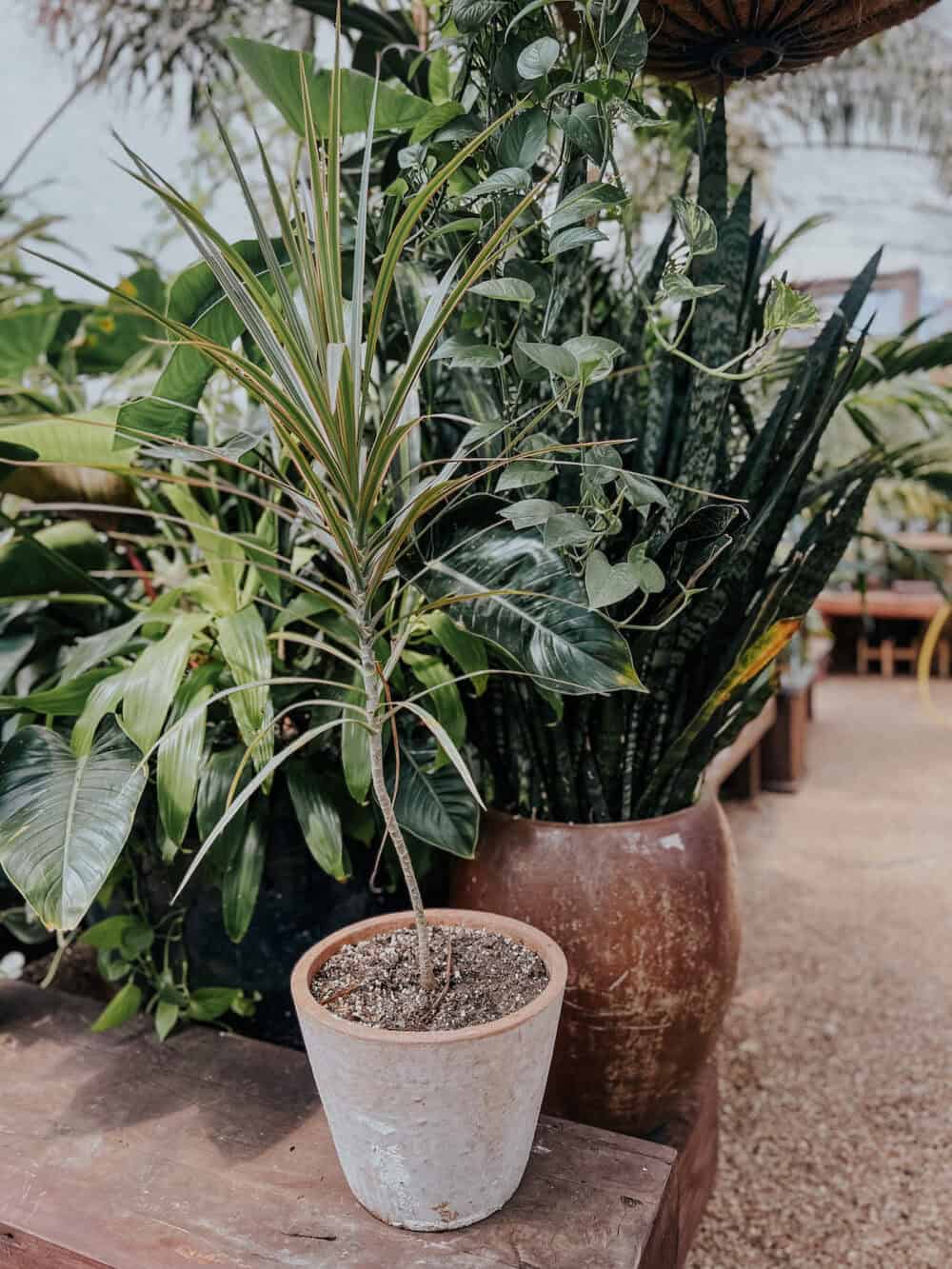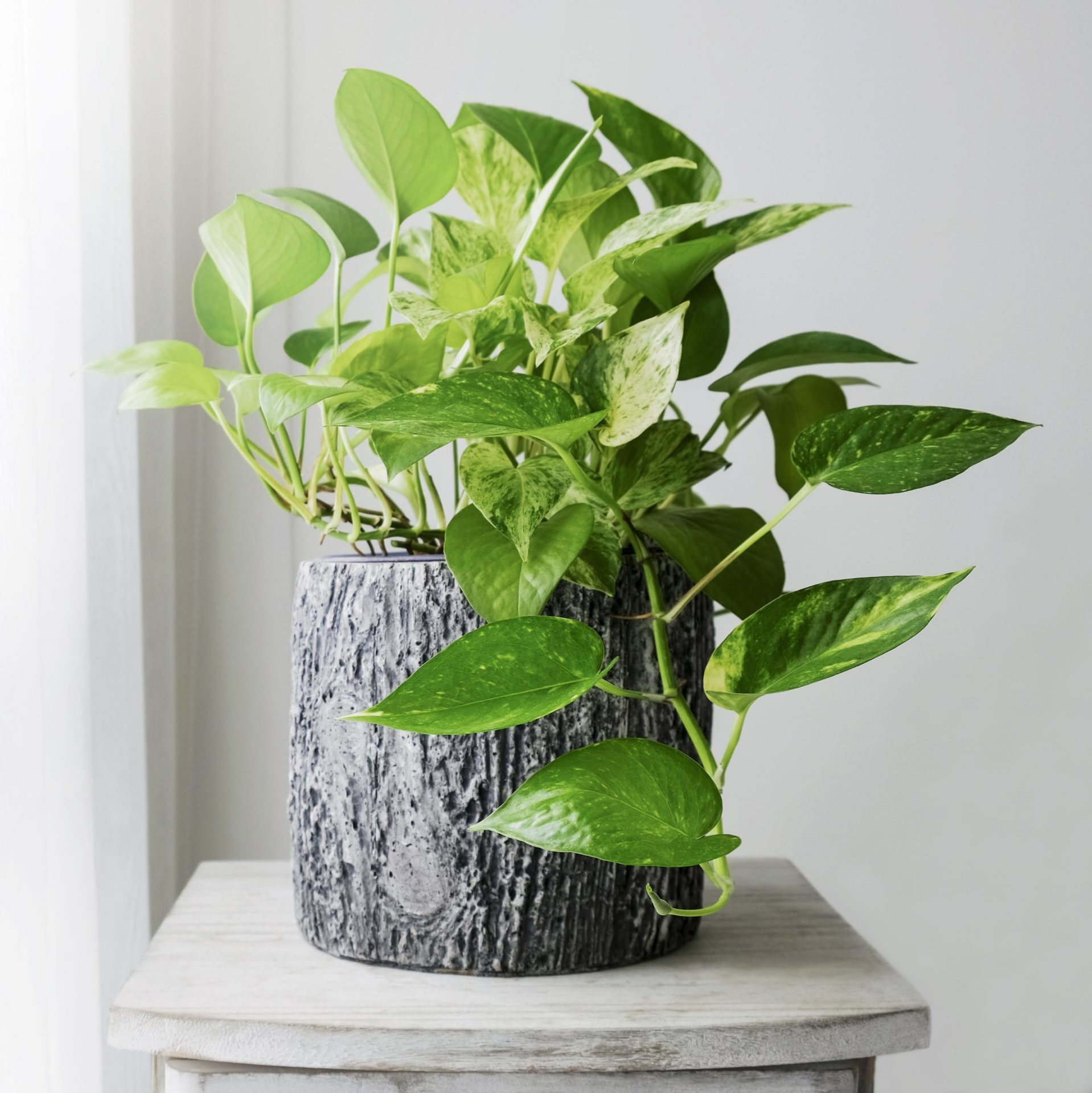Where to Place the Best Low-Light Indoor Plants in Your Home for Maximum Impact
Transform Your Home With Beautiful Low-Light Indoor Plants and Their Benefits
Including low-light interior plants right into your home can substantially boost both the ecological and visual high quality of your home. These plants, which grow in dark conditions, offer not just as attractive aspects however additionally as natural air purifiers, making them optimal for urban residents or those with limited sunlight exposure. As we discover the different sorts of low-light plants and their advantages, you might discover unusual ways to incorporate them into your home that can transform your environments in means you could not have expected.
Advantages of Low-Light Plants
Low-light plants provide various benefits for indoor environments, making them an excellent option for both beginner and experienced gardeners. One of the main benefits is their versatility to low-light conditions, enabling people to improve their space without the need for extensive sunlight direct exposure. This characteristic makes them perfect for apartments, offices, and other areas with minimal natural light.

In addition, including low-light plants right into home decor can elevate the aesthetic allure of a space. Their rich foliage and varied appearances produce a calming environment, adding to overall well-being. Lastly, the existence of greenery has been linked to reduced tension levels and improved efficiency, making low-light plants a practical choice for boosting both mental and physical health and wellness in interior setups.
Top Low-Light Indoor Plants
While many interior plants flourish in intense light, a number of varieties are specifically well-suited for low-light conditions, making them ideal for numerous interior rooms. One prominent selection is the Serpent Plant (Sansevieria), understood for its striking upright fallen leaves and durability, needing marginal treatment. Another excellent choice is the Pothos (Epipremnum aureum), which includes heart-shaped fallen leaves and can route beautifully from hangers or racks, prospering in low light and adding a lush touch.
The ZZ Plant (Zamioculcas zamiifolia) is celebrated for its shiny fallen leaves and capability to withstand forget, making it best for hectic lifestyles. Similarly, the Peace Lily (Spathiphyllum) not just endures low light but likewise creates spectacular white blossoms, enhancing any type of room's visual.
For a distinct touch, consider the Cast Iron Plant (Aspidistra elatior), which without a doubt measures up to its name, prospering in the darkest corners of your home. Finally, the Chinese Evergreen (Aglaonema) uses a variety of fallen leave patterns and colors while being incredibly forgiving in low-light conditions. These plants not only enhance indoor settings yet additionally add to air filtration, improving your home.
Treatment Tips for Low-Light Plants

Sprinkling techniques are essential; these plants commonly favor a little completely dry conditions. Overwatering go to website can bring about root rot, so make sure that the leading inch of dirt is completely dry before sprinkling once again. Usage pots with drain holes to allow excess wetness to leave.
Moisture is one more crucial element. Many low-light plants, such as ferns and peace lilies, advantage from greater humidity degrees. To enhance moisture, consider misting the leaves or putting a tray of water near the plants.
Fertilization should be approached with caution. Throughout the growing season, utilize a diluted, balanced fluid fertilizer every month to sustain development, yet prevent feeding throughout the inactive cold weather.

Creative Ways to Show Plants
Interior plants can function as captivating prime focus in any type of space, boosting both aesthetic allure and atmosphere. Creative screens can elevate the aesthetic impact of low-light plants, making them an indispensable component of your home style. One reliable method is to utilize tiered plant stands, which permit you to display multiple plants at differing elevations while making the most of flooring area.
Hanging planters are one more innovative option, developing a sense of deepness and attracting the eye upwards. Take into consideration macramé wall mounts or wall-mounted racks to present a special texture and design.
For a more structured approach, use geometric terrariums or glass containers to house your plants, adding a contemporary touch to your indoor yard. You can also repurpose vintage products, such as teacups or wood cages, for a diverse screen that shows your individuality.
Enhancing Home Ambiance With Plants
Integrating low-light plants into your home not only boosts aesthetic allure yet likewise adds substantially to the general ambiance. These plants function as natural design components, presenting a sense of tranquility that can change any kind of space. The visibility of plant cultivates a calming atmosphere, which is specifically helpful in high-stress environments such as office or living rooms.
Low-light plants, such as serpent plants, pothos, and ZZ plants, are not just cosmetically pleasing yet additionally improve indoor air quality by filtering system pollutants. This twin function enhances the ambiance additionally, producing a healthier living room (Best low-light indoor plants). The calculated placement of these plants can additionally affect the perception of area; for example, high plants can draw the eye upward, making ceilings show up higher and areas more large
Furthermore, differing textures and colors of foliage include depth to interior decoration, permitting creative expression in home styling. Whether positioned on shelves, in corners, or as centerpieces, low-light plants can raise the state of mind of any room. In summary, integrating these plants right into your home is a reliable means to cultivate a cozy, welcoming atmosphere while profiting of improved air high quality and aesthetic adaptability.
Verdict
Integrating low-light indoor plants right into home atmospheres offers many benefits, consisting of boosted visual allure and enhanced air quality. These durable plants, such as the Snake Plant and Tranquility Lily, call for marginal light and upkeep, making them suitable for diverse lifestyles. Their capacity to filter toxins adds to a much healthier space, while their different appearances and shades enhance indoor design (Best low-light indoor plants). Inevitably, the inclusion of low-light plants fosters a serene and inviting atmosphere, changing any home into a peaceful sanctuary.
While many indoor plants thrive in brilliant light, several species are particularly fit for low-light problems, making them perfect for numerous interior areas. One efficient technique is to make use of tiered plant stands, which permit you to showcase numerous plants at varying heights while making best use of flooring room.
Low-light plants, such as serpent plants, pothos, and ZZ plants, are not only cosmetically pleasing yet additionally improve interior air top quality by filtering system contaminants. Best low-light indoor plants. The calculated positioning of these click for source plants can likewise affect the assumption of area; for circumstances, high plants can draw the eye upward, making ceilings show up higher and areas much more large
These durable plants, such as the Serpent Plant and Peace Lily, call for very little get more light and upkeep, making them appropriate for varied lifestyles.